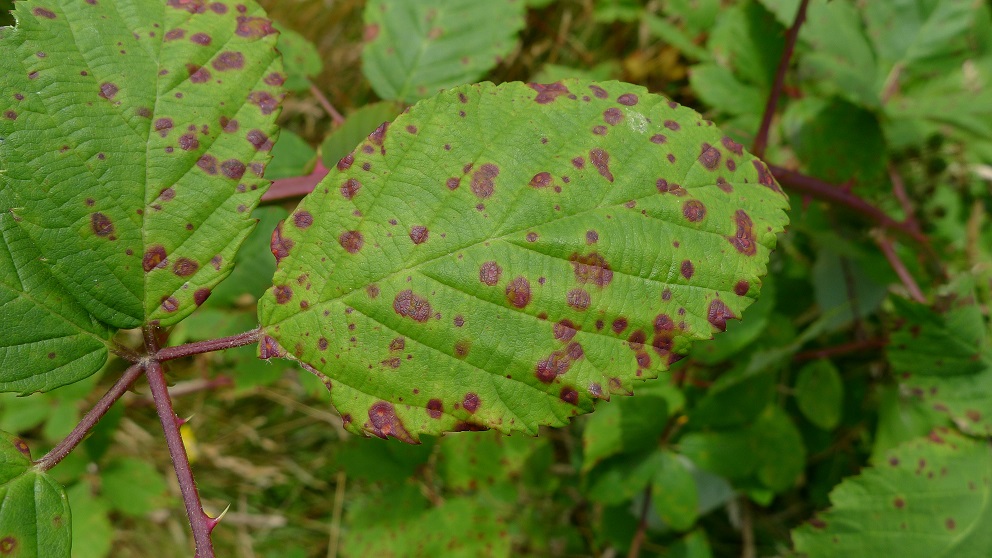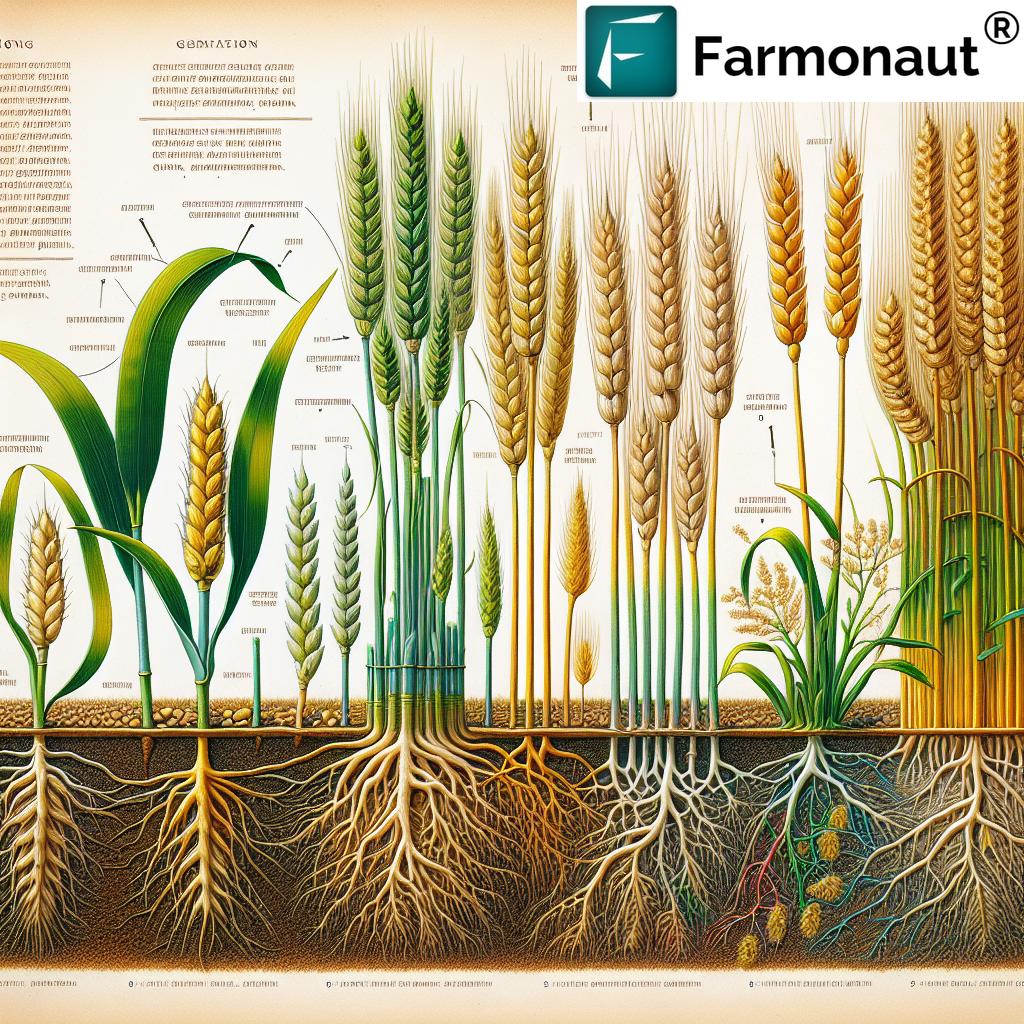“Areca palm trees can increase field air humidity by up to 20% through their evapotranspiration in tropical agriculture.”
Areca Palm Care: 7 Tips for Healthy Palm Plant
The Areca Palm: Cultivation, Care, and Significance in Agriculture and Forestry in 2025
The areca palm (Areca catechu), also commonly known as the areca palm tree or areca nut palm, stands as one of the most economically and culturally significant plant species grown across tropical regions, especially in South and Southeast Asia. As we look ahead to 2026 and beyond, sustainable areca palm care and advanced management practices will underpin its future importance in agriculture and forestry sectors worldwide.
In this guide, we will walk through the botanical overview, economic value, and environmental impact of the areca palm, before presenting the ultimate 7 areca palm care tips for healthy and thriving palm plant systems. We will also explore how sustainable palm plant care practices can enhance yields, protect ecosystems, and optimize livelihoods in the tropics—bringing the focus to 2025 and the future of tropical farming.
Botanical Overview & Significance of Areca Palm
Areca catechu is a tall, slender palm tree indigenous to the humid tropics. It thrives in climates with well-distributed rainfall ranging from 1500 mm to 4000 mm annually and typically reaches heights of 15 to 20 meters. The areca nut (also called betel nut) is the primary product obtained from this palm and is highly valued across Asia and the Pacific.
- In South and Southeast Asia, areca nuts are traditionally chewed, used in raw material industries, and play a role in medicine, dye production, and handicrafts.
- The areca palm tree contributes to rural livelihoods as a source of steady income through its nut production.
- Intercropping under young palms with crops like pepper, ginger, or coffee is common—promoting land use efficiency and diversified farming systems.
- The species’ biomass increases soil organic matter, improving soil health and supporting the wider ecosystem.
With the role of areca palm care expanding in agricultural and forestry sectors across South and Southeast Asia, and its prominence in sustainable practices, understanding both conventional and modern strategies for palm tree care is critical for 2025 and beyond.
“Sustainable areca palm cultivation can boost annual palm yields by 15% while reducing soil erosion by 30% in 2025.”
Areca Palm Care: 7 Tips for Healthy Palm Plant
Implementing the following 7 areca palm care tips will help achieve robust health, improved yield, and sustainable palm plant systems:
1. Site Selection: Laying the Foundation for Healthy Areca Palm Care
- Select Land with Deep, Fertile, Well-Drained Soil: The areca palm plant prefers soil with a pH between 5.5 and 7.5. Proper site selection prevents root rot and fungal issues. Avoid low-lying, waterlogged areas.
- Thorough Soil Preparation: Loosen soil to a depth of at least 60 cm and ensure organic amendments are incorporated for improved soil health.
- Ensure Optimal Drainage: Good drainage is critical to reduce disease risk and enhance plant health—especially in regions with rainfall ranging from 1500–4000 mm annually.
Are you looking for precision and data-backed field selection for your areca palm plantations?
Try the Farmonaut Web & Mobile Apps, which use satellite-based tools to assess soil conditions, vegetation health (NDVI), and climatic factors—reducing guesswork and optimizing plantation success.
2. Propagation & Seedling Management: Ensuring Strong Areca Palms
- Seed Propagation: Areca palm is commonly propagated by seed. Soak seeds in water for 24 hours to maximize germination rates.
- Nursery Preparation: Transplant germinated seeds to a nursery bed or polybags for 6–12 months. Use a shaded, moist, but well-drained medium and maintain a humidity of over 60%.
- Select Vigorous, Disease-Free Seedlings: Prioritize seedling selection based on robust root development and absence of visible fungal diseases.
3. Proper Spacing and Planting Techniques
- Follow Optimal Planting Density: Spacing should be 2.5–3.5 meters apart. This allows sufficient sunlight exposure, air circulation, and space for canopy expansion.
- Intercropping: Integrate crops like pepper, ginger, or coffee (diversified systems) under young palms to maximize land use efficiency and diversify income sources.
- Planting Time: In tropical climates, the ideal time for planting is at the onset of the rainy season to ensure initial root establishment with natural rainfall.
Maximize areca palm growth with real-time insights. Farmonaut’s crop health monitoring solutions deliver satellite imagery–based diagnostics that help predict issues and ensure uniform palm tree care across large plantations.
4. Sustainable Water Management: Balance for Root Health
- Irrigate Regularly During Dry Months: Areca palms require consistent moisture but are sensitive to waterlogging.
- Avoid Over-Irrigation: Excess moisture invites root rot and encourages fungal diseases. Emphasize good drainage.
- Mulching: Apply organic mulch around the palm plant base to conserve moisture, regulate soil temperature, and reduce weed growth.
5. Balanced Nutrition & Organic Soil Management
- Apply Balanced Fertilizer: A well-balanced mix of nitrogen, phosphorus, and potassium (NPK) is essential. Supplement with micronutrients like magnesium and boron.
- Enhance Organic Matter: Use compost, green manuring (leguminous cover crops), and organic fertilizers to further enrich the soil and sustain palm health.
- Regular Soil Testing: Conduct periodic soil tests to fine-tune nutrient management and correct any deficiencies for continued high yield.
For ultra-precise soil and nutrient management, consider leveraging Farmonaut’s carbon footprinting tools (learn more) to monitor soil health and environmental impact, guiding you to make sustainable tending decisions for your areca palm plant systems.
6. Integrated Pest and Disease Control
- Prevent Major Pests: The rhinoceros beetle and red palm weevil can damage the crown and young fronds. Regular monitoring for pest presence is essential.
- Integrated Pest Management (IPM): Combine cultural controls (removal of infested tissues), biological agents, and need-based pesticide use. IPM reduces the risk of resistance and lowers environmental impact.
- Fungal Disease Vigilance: Conditions of high humidity and poor drainage can cause bud rot, leaf spot, or other major fungal diseases. Swiftly remove and destroy affected fronds, and ensure ample airflow.
Quick-response strategies, supported by real-time environmental impact monitoring like that offered by Farmonaut, can help anticipate pest trends and limit palm plant losses.
7. Sustainable Plantation Management & Environmental Stewardship
- Optimize Plantation Design: Mixed or integrated plantations (with fruit trees, timber, or coffee) enhance biodiversity, stabilize the soil, and provide windbreaks for fragile palm foliage.
- Reduce Chemical Inputs: Use organic, biological, and eco-friendly inputs to maintain palm tree health over the decades.
- Continuous Monitoring: Employ satellite monitoring, AI-powered diagnostics, and participatory field scouting to assess the status of your palms and swiftly address stressors.
When we combine these areca palm care tips with both local knowledge and tech-enabled observation, we create sustainable, resilient areca palm plant systems ready for 2025 and the years ahead.
Comparative Care Guide Table: Areca Palm Conventional vs. Sustainable Practices
| Care Aspect | Conventional Approach | Sustainable Approach | Estimated Impact on Yield/Health (% Change) |
|---|---|---|---|
| Watering | Manual, schedule-based, may lead to over/underwatering | Moisture-sensing, mulching, precise irrigation based on climate data, improved drainage | Yield +7%; Water Usage –25% |
| Fertilization | Synthetic NPK, routine application, limited organic matter | Integrated organic manures, cover crops, periodic soil testing & micro-nutrient correction | Yield +10%; Soil Health +20% |
| Pest Control | Frequent chemical pesticide use | Integrated Pest Management (IPM): biological controls, targeted interventions, cultural practices | Pest Outbreaks –60%; Input Costs –17% |
| Soil Management | Occasional tillage, basic weed removal | Minimum tillage, crop rotation, mulching, green manures | Soil Erosion –30%; Soil Moisture +15% |
| Light Requirements | Monoculture, all-day sunlight, may stress young plants | Agroforestry: dappled light, nurse crops, shade from taller trees | Survival Rate +12%; Biodiversity +25% |
| Sustainability Practice | Standalone palm fields, chemical dependency | Polyculture, traceability, environmental footprint monitoring | Yield +15%; Climate Resilience +18% |
| Yield Impact | Yield may stagnate or decrease under stress | Yield steadily improves with adaptive, data-driven care | Annual Yield +15–20% |
Modern Advancements: Tech & Sustainability for Areca Palm Cultivation in 2025
Sustainable areca palm care is rapidly evolving as precision agriculture and digital tools reshape the landscape of palm tree care. Here’s how innovative practices and technologies are transforming areca palm plant production and forestry systems:
- Disease-Resistant Varieties: Modern agronomy is focused on selecting areca palm plant cultivars that can withstand emerging fungal diseases and handle variable tropical climates.
- Drone-Assisted Monitoring: Drones and satellite technologies deliver granular data on palm plant health, soil conditions, and pest risks—improving targeting of interventions and reducing input waste.
- Blockchain for Traceability: Integrating supply chain traceability solutions ensures transparency, helping farmers, businesses, and governments verify the authenticity of areca nut products and reduce fraud. Blockchain also encourages more responsible palm cultivation.
- Environmental Impact Tracking: Carbon Footprinting tools support sustainability by measuring farm emissions, assisting compliance with modern environmental standards, and promoting greener palm plantations.
- Resource Optimization: Platforms like Farmonaut’s fleet management and large-scale farm management tools give farmers and plantation owners real-time insights for machinery allocation, planting schedules, and harvest logistics.
These advancements add up to a more sustainable, productive, and traceable areca palm production system—laying a resilient path for the future of tropical agriculture in 2026 and beyond.
Smart Cultivation with Farmonaut: Technology-Driven Areca Palm Care and Management
As pioneers in satellite-based agricultural solutions, we at Farmonaut empower farmers, businesses, and governments worldwide to improve areca palm plantation outcomes using:
- Satellite Crop Monitoring (NDVI, NDWI, and soil conditions): Real-time field assessment for disease detection and yield estimation.
- Jeevn AI Advisory System: Customized, data-driven suggestions for nutrient management, pest control, and sustainable irrigation.
- Blockchain Traceability: Secure, tamper-proof supply chain management for areca nut and value-added palm products. Explore our blockchain traceability solution here.
- Environmental Impact Tools: Calculate, benchmark, and reduce carbon emissions from your palm farming operation with carbon footprinting modules.
- Large-Scale and Plantation Advisory: Optimize resource and fleet usage with fleet management and large-scale farm management dashboards.
- API Solutions for Developers: Integrate remote sensing, weather, and field data into your systems using Farmonaut’s robust API and see implementation details in our API developer docs.
Our goal is to make areca palm care both data-driven and accessible for all—from smallholders to large businesses and government-led forestry projects—helping you achieve optimal yields, sound environmental management, and traceable sustainable supply chains.
Frequently Asked Questions: Areca Palm Care & Sustainable Cultivation
- What is the best soil type for areca palm plant cultivation?
- Areca palm trees prefer deep, fertile, well-drained soils with a pH of 5.5–7.5. Avoid clayey, poorly-drained, or saline soils to prevent root rot.
- How often should areca palms be watered in tropical farming?
- Areca palm plants need regular moisture during dry periods, but waterlogging should be strictly avoided. Use mulching and schedule watering based on rainfall patterns and soil moisture data.
- What is integrated pest management (IPM) for palm plant care?
- IPM in areca palm care uses a combination of:
- Cultural controls (removing infested matter)
- Biological agents
- Targeted, minimal chemical intervention
- This reduces pesticide use, pest resistance, and impact on beneficial insects.
- What are the economic benefits of sustainable areca palm cultivation in 2025?
- Sustainable palm plant care increases yields (by up to 15%), reduces soil erosion (over 30%), and offers resilience to pests and climate pressures. Diversified intercropping and use of blockchain traceability increases farmer income stability and market access.
- How can technology help improve yield and lower environmental impact in areca palm plantations?
- Platforms like Farmonaut provide satellite-based monitoring, AI-driven advisories, and carbon footprinting tools, enabling data-driven decision-making, efficient input use, real-time disease alerts, and transparent supply chains.
- What are the main diseases affecting areca palm trees and their management methods?
- Common issues include bud rot and leaf spot from fungal pathogens. Maintain good drainage, proper site selection, remove infected tissue, and use fungicides or biological control only as needed.
Conclusion: The Future of Areca Palm Care and the Road Ahead
In summary, areca palm care stands at the intersection of tradition, technology, and environmental stewardship. By implementing sustainable cultivation practices—from proper soil selection to balanced nutrition and integrated pest management—we can unlock higher yields, healthier plantations, and resilient ecosystems across the tropics. As 2025 approaches, the areca palm’s role in tropical agriculture and forestry will continue to grow—driven by innovative management tools and a worldwide shift towards traceable, sustainable palm systems.
With resources and insights available from Farmonaut’s platform, anyone—from individual farmers to major agricultural managers—can monitor, plan, and validate every step of their areca palm cultivation, improving outcomes for both livelihoods and landscapes. Let’s embrace data-driven, ecological palm care for a greener, more productive future.
Farmonaut Subscription Plans for Areca Palm Care & Cultivation Monitoring
For plantation managers, businesses, and governments aiming to leverage advanced satellite-based tools for areca palm care, Farmonaut subscriptions offer affordable, powerful insights. Select the package that fits your scale and needs for a seamless digital farming experience.












